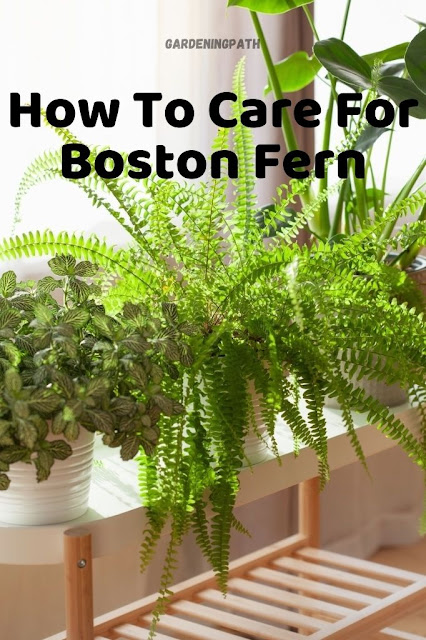How To Grow and Care For Hoya Carnosa Tricolor
Hoya Carnosa is also commonly referred to as a wax plant due to its thick, you guessed it, wax-like leaves. A tricolor Hoya Carnosa is recognizable by the color of these waxy leaves. Green, white and pink, this variety of hoya has pink stems that branch out into colorful leaves.
Wax plants have beautiful, long slender stems covered with thick, glossy, succulent leaves. It is popular as a houseplant due to its attractive foliage and clusters of sweet-scented, star-shaped pink-white flowers.
Wax plants are found vining along with trees and cascading out of available crevices. Owing to their epiphytic nature they have the ability to draw nutrients and moisture out of the warm damp jungle air. These are truly majestic houseplants that are a must-have for any plant collection.
Height
2m indoors and 6m in its natural habitat.
Soil
Chose a well-draining soil mix for this Hoya as you would for most other houseplants. If you mix your soil on your own use a combination of peat moss, vermiculite, and perlite. I always use an equal ratio and this has served my Queen and me well so far.
Alternatively, you can also create a mix using parts of sand and fibrous soil using coconut husk and orchid bark as well as pumice and clay balls.
Temperature
Hoya carnosa can tolerate high temperatures in the 70s and 80s or higher. They are not cold hardy, however. Avoid temperatures below 50 ºF.
Humidity
Hoya plants thrive in high humidity, though they are tolerant of more moderate, indoor humidity levels. Extremely arid climates may cause dryness at the tips of leaves.
Light
These Hoyas are able to tolerate medium light, but they’ll become weaker, leggy, and produce fewer leaves in lower light.
Hoya carnosa plants prefer bright, indirect lighting. New Hoya owners often make one mistake when growing these plants – placing them near a window with the unfiltered sun.
This lighting will not help the hoya carnosa plant grow to become the stunning indoor plant you are looking to enjoy. The unfiltered light of the afternoon sun will cause the leaves the turn yellowish and eventually fall off.
Avoid placing hoyas in a dark corner. They will not flower properly.
Fertilization
You can fertilize your Hoya ‘Tricolor’ with a water-soluble balanced fertilizer once every two weeks, only during the active growing season.
Watering
During the growing season - when it's hot and humid and sunny - water freely. In the winter, reduce your watering and make sure the soil dries out almost completely. Hoya carnosa stores water in their fleshy, succulent-like leaves, so if you forget a watering or two, your Hoya will forgive you! A good rule of thumb is to water when the leaves start to pucker just a little bit. However, letting the soil stay too dry for too long (like one might let a cactus dry out) can damage the Hoya.
Pruning
Hoya can grow large and unwieldy, so if you need to prune your hoya, then that is fine. Any dead, brown stems can be cut back. And if you have vigorous stems, you can either let them grow, wind them around a trellis, or just trim them back to a node. Note that when you are cutting the stems, the latex will often spew out. I do know some people who actually put glue on these “cuts” to prevent the latex from spilling out, but I don’t personally do that myself. However, be sure not to cut the peduncle, which is the stem of the inflorescence. This is where the flower will emerge year over year.
Propagation
Propagate your Hoya Krimson Queen using stem cuttings. Once you made a cutting, it mainly comes down to your preference and the availability of different growing mediums.
You can either chose to grow your cutting in the soil directly, in water or chose a propagation medium such as perlite or sphagnum moss.
Repotting
Hoyas like to be disturbed as little as possible. I wouldn't say any plant "likes" to be rootbound, but Hoyas do prefer a tighter pot and are more likely to bloom if pot bound. That said, don't repot until absolutely necessary (for example, if the tight roots are causing plant issues like yellowing leaves or you find that you have to water it constantly), and pot just one size up to keep the roots nice and snug. Never repot when the Hoya is blooming, as it will be likely to drop its flowers.
Toxicity
Hoya carnosa is considered non-toxic to humans and pets, though ingesting them can cause gastrointestinal discomfort and vomiting. Best to keep these plants out of reach of children and pets.
Common Problem
A common problem with Hoya and almost all indoor houseplants are what we call “tipping” or simply the tips of the leaves drying out and turning brown. This can be caused by a number of factors including over-watering, chemical burn from too much fertilizer, root rot, and dry stagnant air.




Comments
Post a Comment